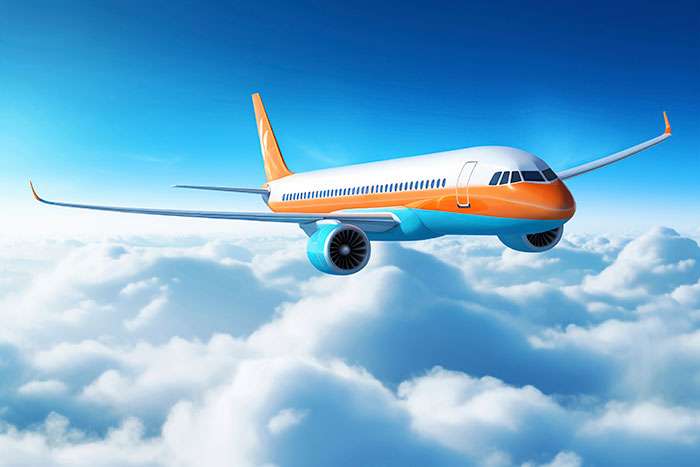The unsung heroes of aviation are aircraft maintenance engineers (AMEs), who make sure that every aircraft that takes to the sky is safe and airworthy. It's a very responsible job that requires a special combination of technical know-how, painstaking attention to detail, and a thorough comprehension of aviation laws. However, how does one become one? Let's examine the essential requirements for prospective AMEs:
Foundation for Education:
Minimum Requirement: The majority of nations demand a Senior Secondary School Certificate or its equivalent, along with a background in Mathematics, physics, and chemistry.
Preferred Pathway: The most popular and recommended path is to finish a specific AME program from an accredited aviation training institution. These courses offer thorough instruction in both theory and practice, covering topics such as aircraft systems, maintenance techniques, and regulatory compliance.
Alternative Route: With further education and testing, anyone with a relevant engineering degree (such as mechanical or aeronautical) may occasionally be qualified for AME licensing.
Certification and licensing:
Regulatory Authority Approval: AMEs need to get a license from the aviation regulatory body in their nation, such as the European Aviation Safety Agency (EASA) in Europe or the Federal Aviation Administration (FAA) in the US and DGCA in India.
Specialized Licences: Licenses are frequently grouped according to the type of aircraft (helicopter, airplane, etc.) and certain systems (avionics, powerplant, airframe, etc.). AMEs can decide to pursue more general certificates or specialize in particular fields.
Strict Tests: To obtain a license, candidates must pass extensive written, oral, and practical tests that assess their proficiency in aircraft repair procedures.
Crucial competencies and qualities:
Technical Aptitude: For the diagnosis and troubleshooting of aircraft problems, a solid grasp of mechanical, electrical, and electronic systems is essential.
Skills for Solving Problems: AMEs need to be able to decipher complicated issues, find the underlying reasons, and put workable solutions in place.
Attention to Detail: In airplane maintenance, accuracy and meticulousness are crucial because even small mistakes can have serious repercussions.
Communication Skills: Working with coworkers, pilots, and other aviation professionals requires effective communication.
Physical Fitness: AMEs frequently operate in physically taxing settings that call for endurance and the capacity to operate in tight quarters.
Experience and Ongoing Education:
Practical Experience: One of the most important steps in getting a license is gaining practical experience under the guidance of qualified AMEs.
Continuous Training: The technology used in aviation is always changing. To stay up to date with new aircraft, systems, and maintenance techniques, AMEs need to pursue ongoing education.
Recurrent Training: To preserve licensing and guarantee competency, regular refresher courses and tests are required.
The Road to AME Certification:
Becoming an AME requires commitment to lifelong learning, hard work, and dedication. This is a common route:
Fulfill educational requirements: Finish Senior Secondary school or its equivalent, emphasizing Mathematics, physics, and chemistry Sign up for an AME Program: Select an accredited AME curriculum from a reputable aviation training facility, institute
Acquire Real-World Experience: Under the supervision of certified AMEs, finish the necessary practical training.Successfully complete the written, oral, and practical exams administered by the aviation regulatory body in order to obtain a license.
Acquire an AME License: Start your career in airplane repair after obtaining your AME license.
Conclusion: Becoming an AME is a rewarding but difficult journey. For individuals who are enthusiastic about aviation safety and technology, it provides a rewarding career path that helps ensure the safe and effective operation of airplanes all over the world.
